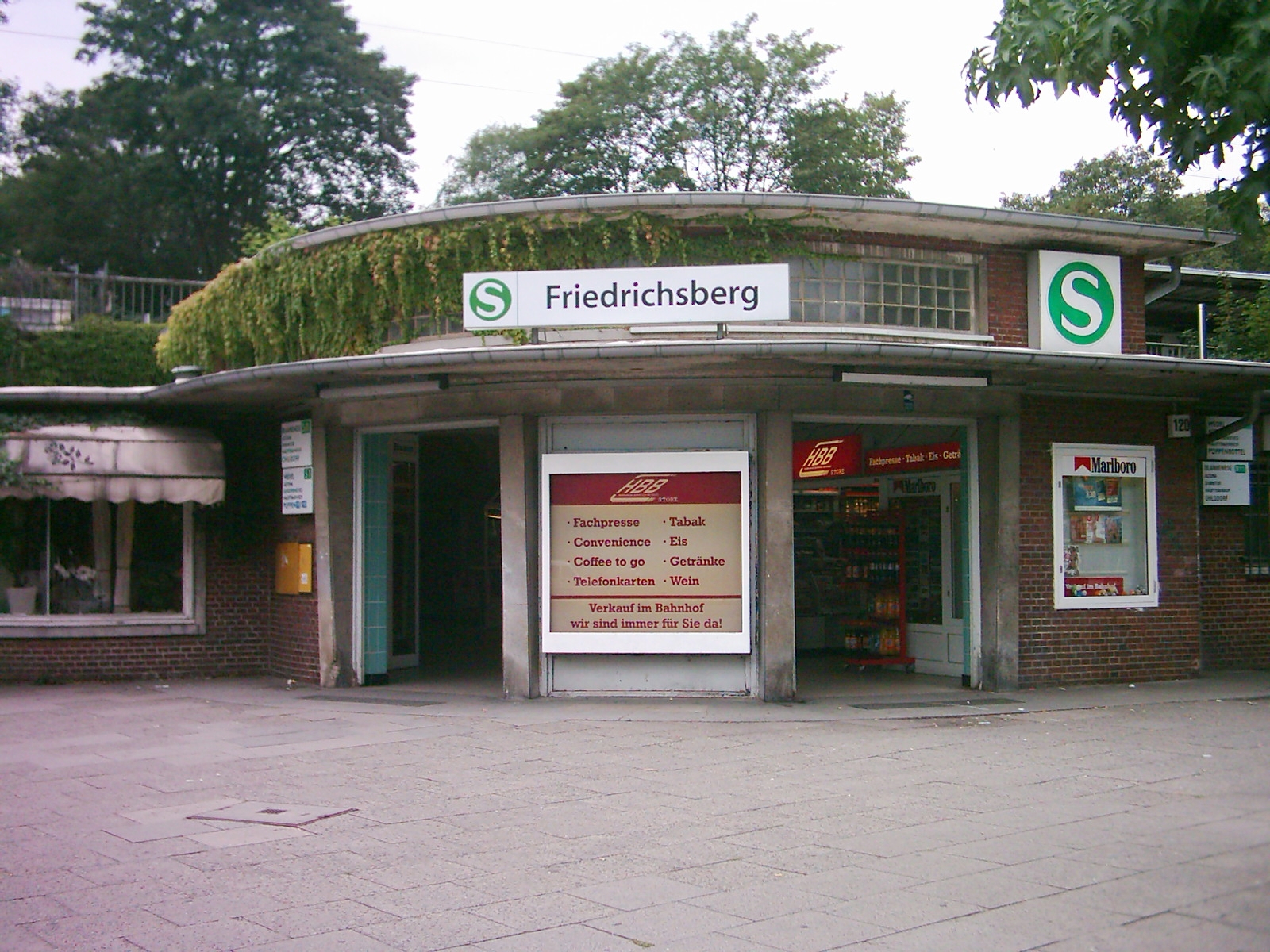Dulsberg on:
[Wikipedia]
[Google]
[Amazon]
Dulsberg () is a quarter of
 "Friedrichsberg" S-Bahn (Suburban Commuter Railway) station in Hamburg-Dulsberg. This station was originally opened in 1906.
The
"Friedrichsberg" S-Bahn (Suburban Commuter Railway) station in Hamburg-Dulsberg. This station was originally opened in 1906.
The
Hamburg
(male), (female) en, Hamburger(s),
Hamburgian(s)
, timezone1 = Central (CET)
, utc_offset1 = +1
, timezone1_DST = Central (CEST)
, utc_offset1_DST = +2
, postal ...
, Germany, in the borough of Hamburg-Nord
Hamburg-Nord (meaning ''Hamburg North'') is one of the seven boroughs of the Free and Hanseatic City of Hamburg, in northern Germany. In 2020, according to the residents registration office, the population was 315,514 in an area of 57.5 km2. ...
. In the east and the south it borders Wandsbek
Wandsbek () is the second-largest of seven boroughs that make up the city and state of Hamburg, Germany. The name of the district is derived from the river Wandse which passes through here. Wandsbek, which was formerly an independent city, is ur ...
.
History
*1906: the station "Friedrichsberg" was opened by Hamburg S-Bahn *1910: the second great fire ofHamburg
(male), (female) en, Hamburger(s),
Hamburgian(s)
, timezone1 = Central (CET)
, utc_offset1 = +1
, timezone1_DST = Central (CEST)
, utc_offset1_DST = +2
, postal ...
*Up to 1951 Dulsberg hill was part of Barmbek
Barmbek (), until 27 September 1946 ''Barmbeck'', is the name of a former village that was absorbed into the city of Hamburg, Germany. In 1951 it was divided into the quarters '' Barmbek-Süd'', '' Barmbek-Nord'' and '' Dulsberg'' in the borough ' ...
Politics
These are the results of Dulsberg in the Hamburg state election:Architecture
The Dulsberg quarter was planned by the City of Hamburg's Director of Constructions, Fritz Schumacher in the 1920s. AfterWorld War II
World War II or the Second World War, often abbreviated as WWII or WW2, was a world war that lasted from 1939 to 1945. It involved the vast majority of the world's countries—including all of the great powers—forming two opposing ...
, the buildings were reconstructed using the original outer walls.
Public Transport
 "Friedrichsberg" S-Bahn (Suburban Commuter Railway) station in Hamburg-Dulsberg. This station was originally opened in 1906.
The
"Friedrichsberg" S-Bahn (Suburban Commuter Railway) station in Hamburg-Dulsberg. This station was originally opened in 1906.
The underground railway
The Underground Railroad was a network of clandestine routes and safe houses established in the United States during the early- to mid-19th century. It was used by enslaved African Americans primarily to escape into free states and Canada. ...
was extended in 1962/63 from "Wandsbek-Markt" to " Wandsbek-Gartenstadt" meeting the stations "Alter Teichweg" and "Straßburger Straße" in the neighbourhood.
References
External links
{{Authority control Quarters of Hamburg Hamburg-Nord